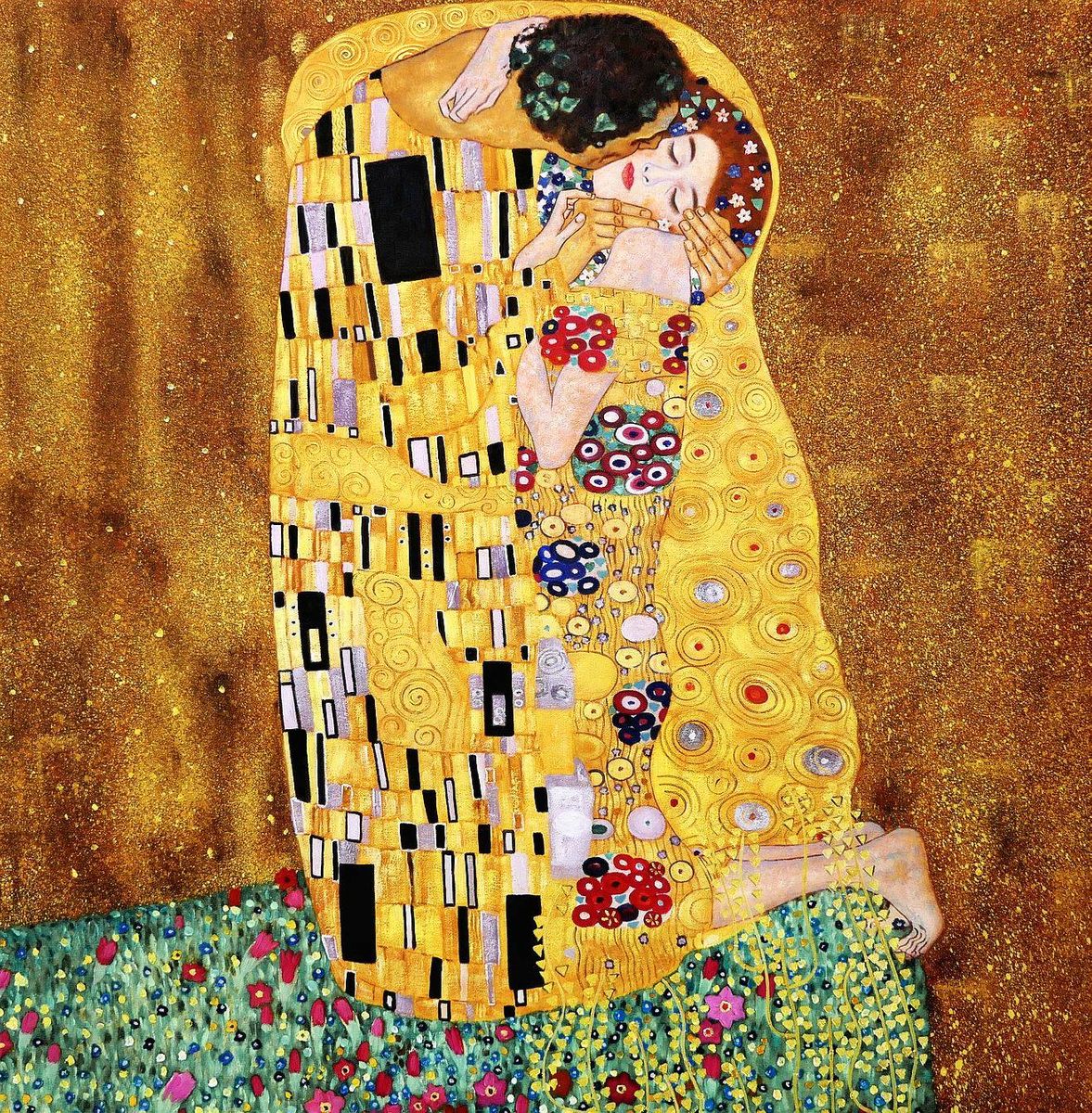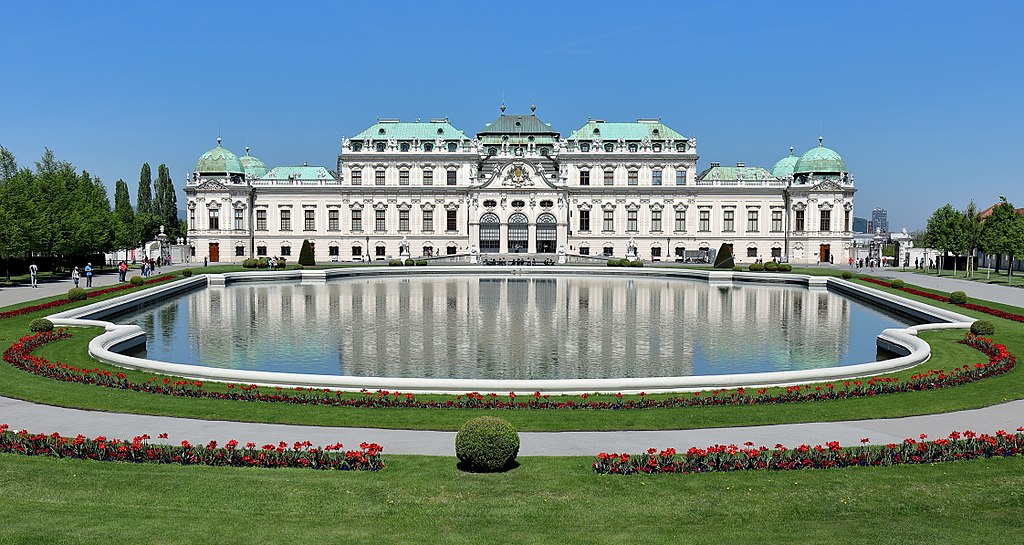Here are some lesser known facts about Belvedere Palace in Vienna
Belvedere Palace, an iconic symbol of Vienna’s rich history and artistic heritage, is a place that never ceases to amaze. While many are familiar with its stunning Baroque architecture and beautiful gardens, there are several lesser-known facts about this historical landmark that add to its intrigue. Let’s explore 10 fascinating facts about Belvedere Palace that might surprise you.
1. A Palace of Many Parts
Belvedere is not just one building but a complex of two Baroque palaces: the Upper and Lower Belvedere. They were originally built as summer residences for Prince Eugene of Savoy and are linked by an extensive and beautifully landscaped garden.
2. Home to a Famous Kiss
The Belvedere houses one of the most iconic artworks of Gustav Klimt – “The Kiss”. This masterpiece, a highlight of the palace’s art collection, embodies the pinnacle of Klimt’s “Golden Period” and is a must-see for art enthusiasts visiting Vienna.

3. A Venue for a Historic Document
In 1955, the Austrian State Treaty was signed in the Marble Hall of the Upper Belvedere, officially ending the occupation of Austria after World War II. This event marked Austria’s regained sovereignty and neutrality.
4. Prince Eugene’s Haven
The palace was built for Prince Eugene of Savoy, a celebrated military commander. Despite his success on the battlefield, Eugene was a great patron of the arts and commissioned Belvedere as a place of tranquility and artistic beauty.
5. Architectural Marvels
Johann Lukas von Hildebrandt, a prominent Baroque architect, designed Belvedere. The architecture of the palace is noted for its decorative details and the integration of the buildings with the expansive gardens, creating a seamless flow between nature and architecture.
6. An Orangery Turned Art Space
The Orangery, initially used to protect delicate plants during winter, now serves as a space for contemporary art exhibitions. This adaptation from a greenhouse to an art space reflects the palace’s evolving role in Vienna’s cultural scene.
7. The Gardens: A Baroque Masterpiece
The Belvedere Gardens are among the finest Baroque gardens in Europe. They were designed by the French garden designer Dominique Girard and feature symmetry, sculptures, fountains, and cascades, offering a picturesque setting that complements the palaces.

8. A Palace Turned Public Museum
After the fall of the Austro-Hungarian Empire, the Belvedere was transformed into a public museum. It now houses the Österreichische Galerie Belvedere, showcasing a vast collection of Austrian art spanning several centuries. You can explore it on a fun guided tour. Book it HERE!
9. The Historic Stables
The palace’s stables were an architectural marvel of their time, designed to reflect the grandeur of the palace itself. While they no longer house horses, they contribute to the overall historical significance of the complex.
10. Exotic animals
In the early days, especially under Prince Eugene of Savoy, the Belvedere Garden was known to house various exotic animals. It was a trend among royalty to keep exotic wildlife as a symbol of power and prestige. The gardens, with their extensive space and meticulous designs, provided an ideal setting for such displays, although this practice has long since ceased.
Visit Belvedere Palace
Belvedere Palace, with its rich history, stunning architecture, and world-class art collections, is more than just a visual treat. It’s a place full of history, art, and architecture. Thus, it offers an insight into not only the past glories of Vienna but also its evolving narratives. We hope these facts about Belvedere Palace provided you with a deeper appreciation of this remarkable landmark.

